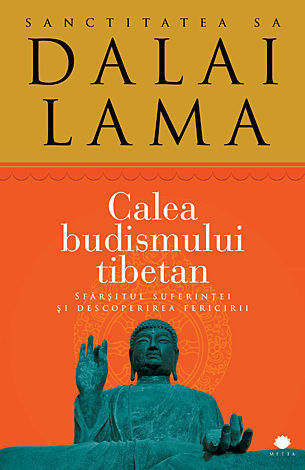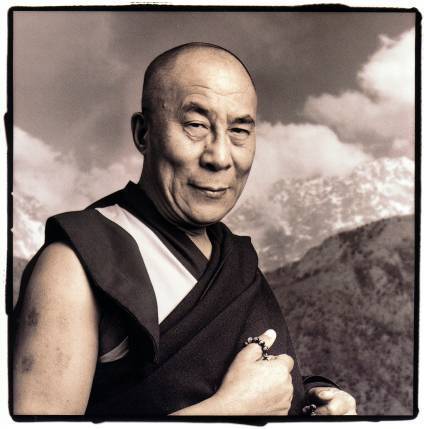
A remarkable and rare overview of the key aspects of Tibetan Buddhism provided by His Holiness the Dalai Lama The End of Suffering and the Discovery of Happiness presents a clear and straightforward road map for how we might end our experience of suffering and discover happiness, drawn by the most celebrated spiritual master of Buddhism—His Holiness the 14th Dalai Lama. In this insightful volume, he not only describes what religion can contribute to mankind, but also accentuates the significance of truly practicing religion and understanding what it is that mankind really needs. His Holiness explains the three turnings of the wheel of Dharma; the purpose and the means of generating the mind of enlightenment; and the twelve links of dependent arising, as well as other preliminary concepts. Tsongkhapa’s The Three Principal Aspects of the Path and The Stages of the Path to Enlightenment have also been beautifully described in great detail. In The End of Suffering and the Discovery of Happiness, His Holiness the 14th Dalai Lama, renowned for his warm-heartedness and his message of love, compassion, and peace offers an illuminating glimpse into the core of Tibetan Buddhism.
Author

Jetsun Jamphel Ngawang Lobsang Yeshe Tenzin Gyatso (born Lhamo Döndrub), the 14th Dalai Lama, is a practicing member of the Gelug School of Tibetan Buddhism and is influential as a Nobel Peace Prize laureate, the world's most famous Buddhist monk, and the leader of the exiled Tibetan government in India. Tenzin Gyatso was the fifth of sixteen children born to a farming family. He was proclaimed the tulku (an Enlightened lama who has consciously decided to take rebirth) of the 13th Dalai Lama at the age of two. On 17 November 1950, at the age of 15, he was enthroned as Tibet's ruler. Thus he became Tibet's most important political ruler just one month after the People's Republic of China's invasion of Tibet on 7 October 1950. In 1954, he went to Beijing to attempt peace talks with Mao Zedong and other leaders of the PRC. These talks ultimately failed. After a failed uprising and the collapse of the Tibetan resistance movement in 1959, the Dalai Lama left for India, where he was active in establishing the Central Tibetan Administration (the Tibetan Government in Exile) and in seeking to preserve Tibetan culture and education among the thousands of refugees who accompanied him. Tenzin Gyatso is a charismatic figure and noted public speaker. This Dalai Lama is the first to travel to the West. There, he has helped to spread Buddhism and to promote the concepts of universal responsibility, secular ethics, and religious harmony. He was awarded the Nobel Peace Prize in 1989, honorary Canadian citizenship in 2006, and the United States Congressional Gold Medal on 17 October 2007.